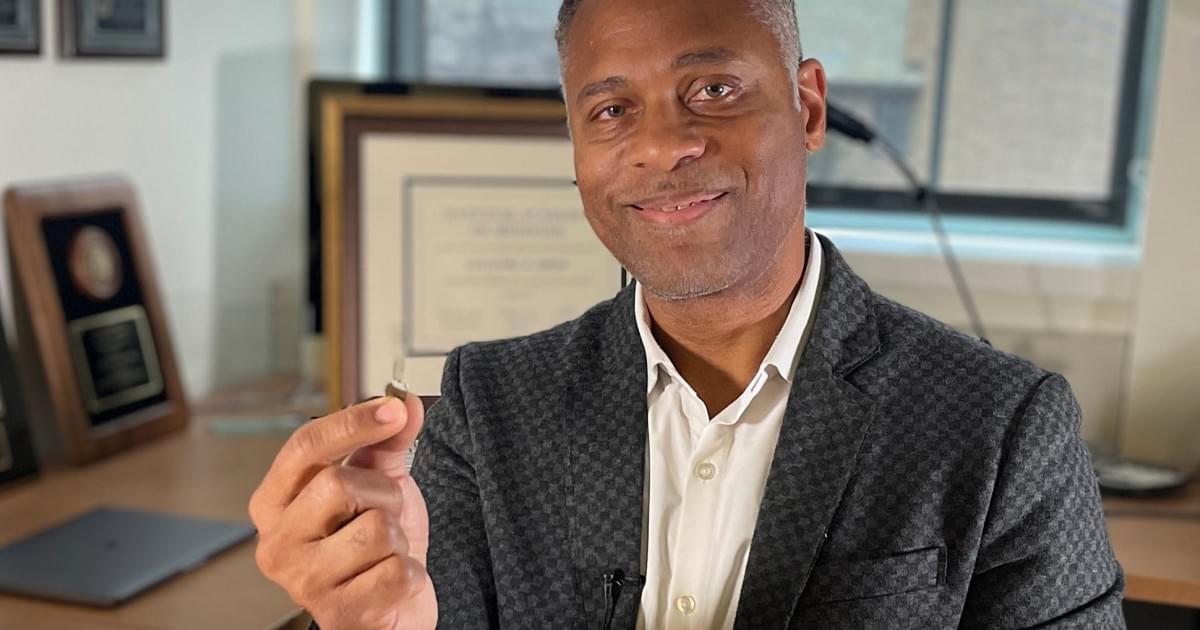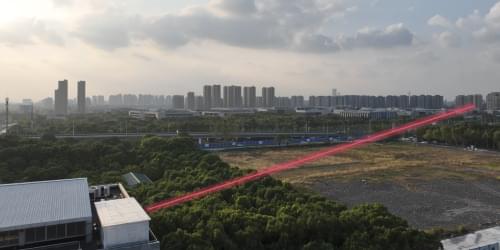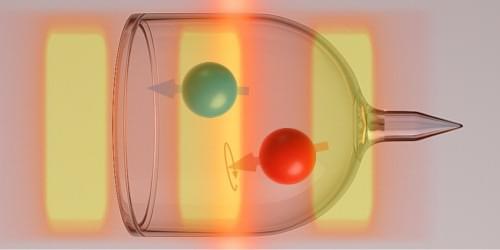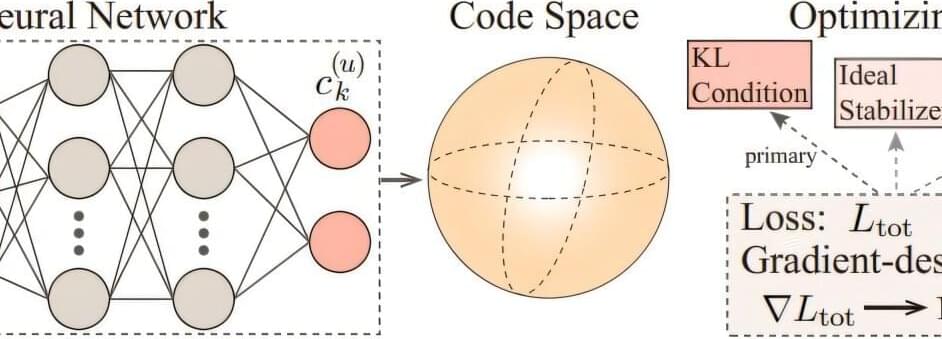Northwestern University Trustee Kimberly K. Querrey (’22, ’23 P) has made a $10 million gift to create and enhance the Querrey Simpson Institute for Regenerative Engineering at Northwestern University (QSI RENU), bringing her total giving to the institute to $35 million. The new institute will advance the development of medical tools that empower the human body to heal, focusing on the regeneration or reconstruction of various tissues and organs, such as the eyes, cartilage, spinal cord, heart, muscle, bone and skin.
The Querrey Simpson Institute for Regenerative Engineering at Northwestern University will advance research to regenerate and reconstruct tissues and organs.
Guillermo Ameer, director of the new Querrey Simpson Institute for Regenerative Engineering at Northwestern University, showcases his bioresorbable bandage, which delivers electrotherapy to wounds, accelerating diabetic ulcer healing and dissolving safely after use. QSI RENU combines engineering, biology, medicine and data science to develop technologies for tissue and organ function.









